High vs Low Setting Engagement Rings: Pros & Cons Explained
High Setting vs Low Setting Engagement Rings: What You Need to Know
Choosing the perfect engagement ring is a major milestone, and one of the most important style decisions is the setting height. Should you go for a high setting that showcases your gemstone, or a low setting that hugs the finger? In this guide, we break down the differences between high setting and low setting engagement rings, their pros and cons, and how to choose the style that best fits your lifestyle and taste.
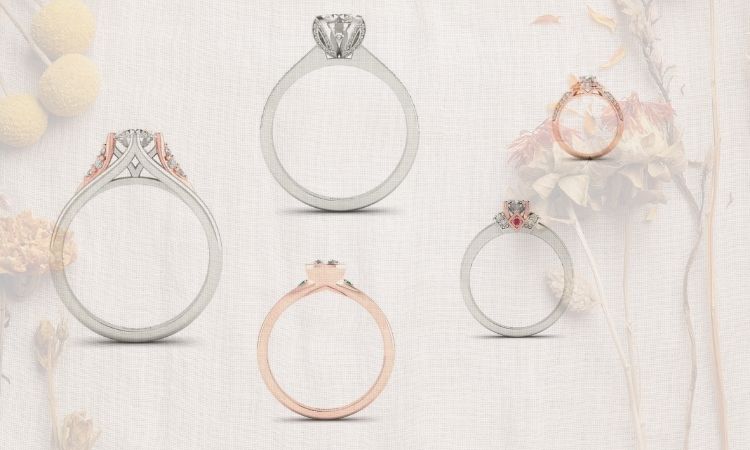
engagement ring designs from brilliyond
What is a High Setting Engagement Ring?
A high setting engagement ring features a center gemstone that sits prominently above the finger. This design is especially popular for those who want the diamond or colored gemstone to catch the eye and maximize brilliance.
- Visibility: The stone is more visible from all angles, making the ring a true statement piece.
- Light Performance: High settings allow more light to pass through the gemstone, enhancing its sparkle.
- Classic Styles: The six-prong solitaire and crown settings are iconic high-profile styles.
Advantages of High Setting Rings
- Showcases the Center Stone: Perfect for larger or brilliantly cut gemstones.
- Accommodates Various Designs: Great for halos, split shanks, and intricate side details.
- Timeless Appeal: Classic settings like the Luminous Six Prong Solitaire remain perennially fashionable.
Potential Drawbacks
- Snags and Scratching: The elevated stone can catch on clothing, hair, or gloves, and is more exposed to damage.
- May Not Suit All Lifestyles: Less ideal for those with active, hands-on jobs or daily routines.
What is a Low Setting Engagement Ring?
A low setting engagement ring positions the center stone closer to the finger, creating a sleek, understated profile. This style is often favored for its comfort and practicality.
- Flush Fit: The ring sits close to the hand, reducing snagging and improving comfort during daily wear.
- Modern Appeal: Low-profile rings offer a contemporary, minimalist look.
- Practicality: Ideal for those with active lifestyles or professions requiring gloves, such as healthcare or culinary fields.
Advantages of Low Setting Rings
- Less Prone to Damage: The stone is less likely to be knocked or scratched.
- Comfortable Everyday Wear: Fits seamlessly with daily activities and is less obtrusive.
- Secure Fit: Less likely to catch on clothing or objects.
Potential Drawbacks
- Lower Visibility: The center stone may not appear as large or prominent.
- Design Limitations: Some intricate setting styles may not be possible.
Popular High Setting Engagement Ring Styles
- Six-Prong Solitaire: A classic high-profile design, such as the Luminous Six Prong Solitaire Diamond Ring, maximizes light exposure for extra brilliance.
- Crown Diamond Engagement Ring: Features accent diamonds forming a crown-like halo around the elevated center stone, adding regal flair and extra sparkle.
- Split Shank Pave Diamond Engagement Ring: A split shank band lined with diamonds reconnects to highlight a raised center gem, creating a dramatic effect.
- Three-Stone Engagement Ring: Symbolizes past, present, and future, often set with a prominent center stone flanked by two smaller gems, typically elevated in a high setting.
- Halo Setting: A circle of accent stones surrounds the main gem, making it appear larger and more radiant—commonly paired with high settings.
Popular Low Setting Engagement Ring Styles
- Twisting Vine Diamond Ring: A low-profile ring where diamonds crisscross up to the center stone, adding subtle sparkle while maintaining a secure, practical fit.
- Bezel Setting: The stone is completely encircled by precious metal, offering maximum protection and a modern aesthetic.
- Cathedral Setting (Low Variant): The band arches up to hold the stone slightly above the finger but still maintains a lower, more secure profile.
High Setting vs Low Setting: Key Differences
| Feature | High Setting | Low Setting |
|---|---|---|
| Stone Visibility | High – more prominent | Lower – more subtle |
| Light Performance | Maximized sparkle | Subtle sparkle |
| Risk of Snagging | Higher | Lower |
| Best For | Showcasing stone, classic looks | Active lifestyles, practicality |
| Design Possibilities | Intricate, elaborate | Streamlined, minimalist |
Who Should Choose a High Setting Engagement Ring?
High settings are ideal if you:
- Love classic, statement-making jewelry
- Have a larger center stone or colored gemstone you want to highlight
- Prefer styles that maximize sparkle
- Don’t mind extra care to avoid snags and scratches
Who Should Choose a Low Setting Engagement Ring?
Low settings are best if you:
- Lead an active lifestyle or have a hands-on profession
- Prioritize comfort and practicality
- Like modern, understated designs
- Wear gloves frequently (e.g., healthcare, food service)
How to Decide: Key Factors to Consider
- Lifestyle: Consider your daily activities and job requirements. If you use your hands a lot, a low setting may be safer.
- Personal Style: Do you prefer bold, eye-catching rings or minimal, subtle pieces?
- Stone Size and Shape: Larger stones often look best in high settings, while smaller stones suit low profiles.
- Maintenance: High settings may require more frequent cleaning and inspections.
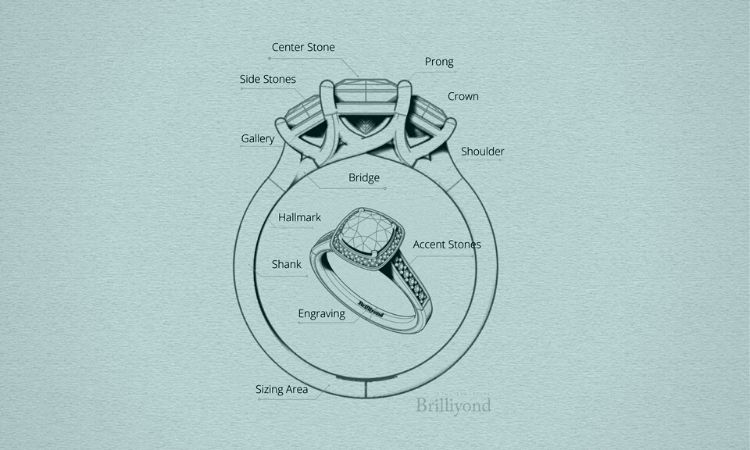
parts of an engagement ring brilliyond
Expert Tips for Choosing the Right Setting
- Try On Different Styles: Visit a jeweler and try both high and low settings to see which feels most comfortable and appealing.
- Consider Wedding Band Fit: Some high settings may require a curved or contoured wedding band; low settings often allow bands to sit flush.
- Think About Long-Term Wear: Your engagement ring should suit your lifestyle for years to come, not just the proposal moment.
- Consult with a Jeweler: Get professional advice based on your stone, finger shape, and daily routine.
Frequently Asked Questions
Are high setting engagement rings safe for everyday wear?
High settings can be worn daily, but they require extra care to prevent snagging and damage. If you have an active lifestyle or work with your hands, consider removing your ring during certain activities or choosing a lower setting for added safety.
Do low setting engagement rings make the diamond look smaller?
Low settings can make the center stone appear less prominent compared to high settings, but clever design choices—like halo or bezel settings—can help maximize perceived size and sparkle.
Can I customize the setting height?
Yes! Many jewelers offer customization options, allowing you to adjust the setting height to your preference while considering security and style.
Conclusion: Which Engagement Ring Setting is Right for You?
Both high setting and low setting engagement rings have unique advantages. High settings are perfect for showcasing your gemstone and creating a show-stopping look, while low settings offer sleek comfort and everyday practicality. Consider your lifestyle, design preferences, and long-term needs before making your choice. Ultimately, the best engagement ring is the one that fits both your style and your story.
Need help choosing your ideal engagement ring? Explore a wide range of high and low setting designs from reputable jewelers—or consult with a professional to find the best fit for you and your partner.
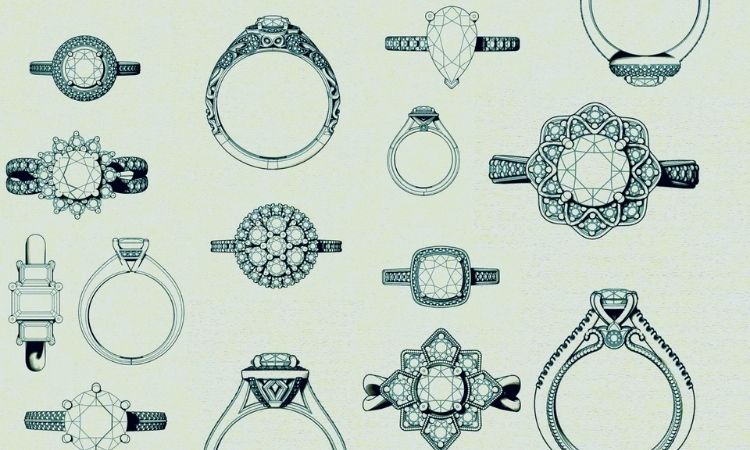


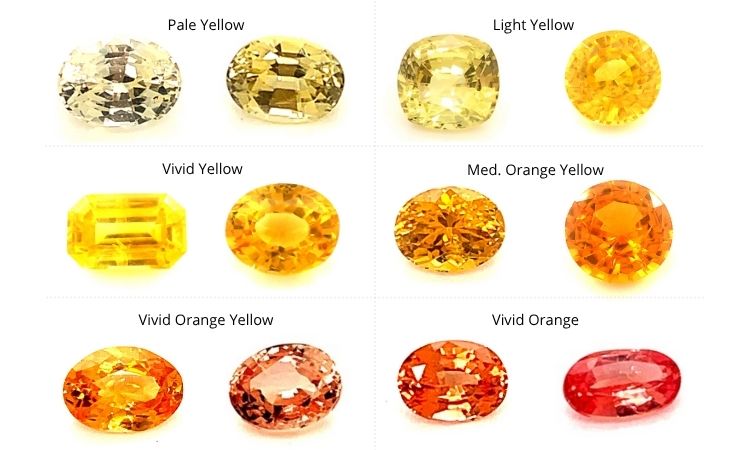
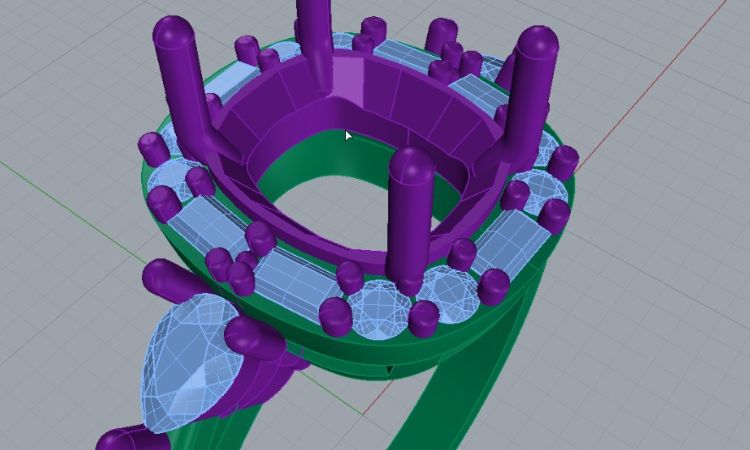
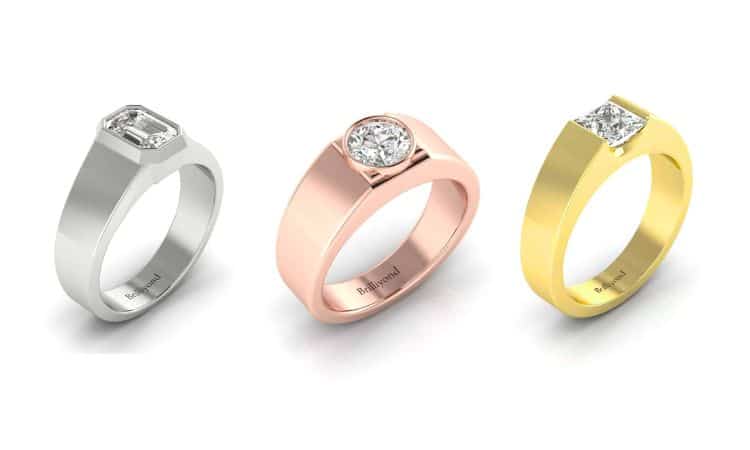
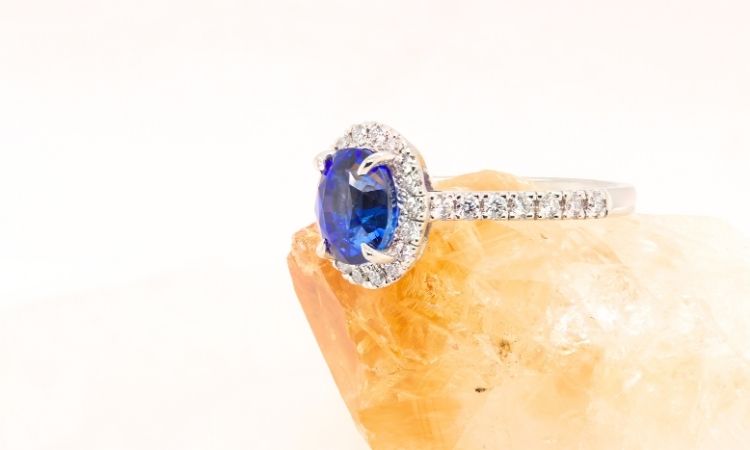
Comments (0)
Write your review